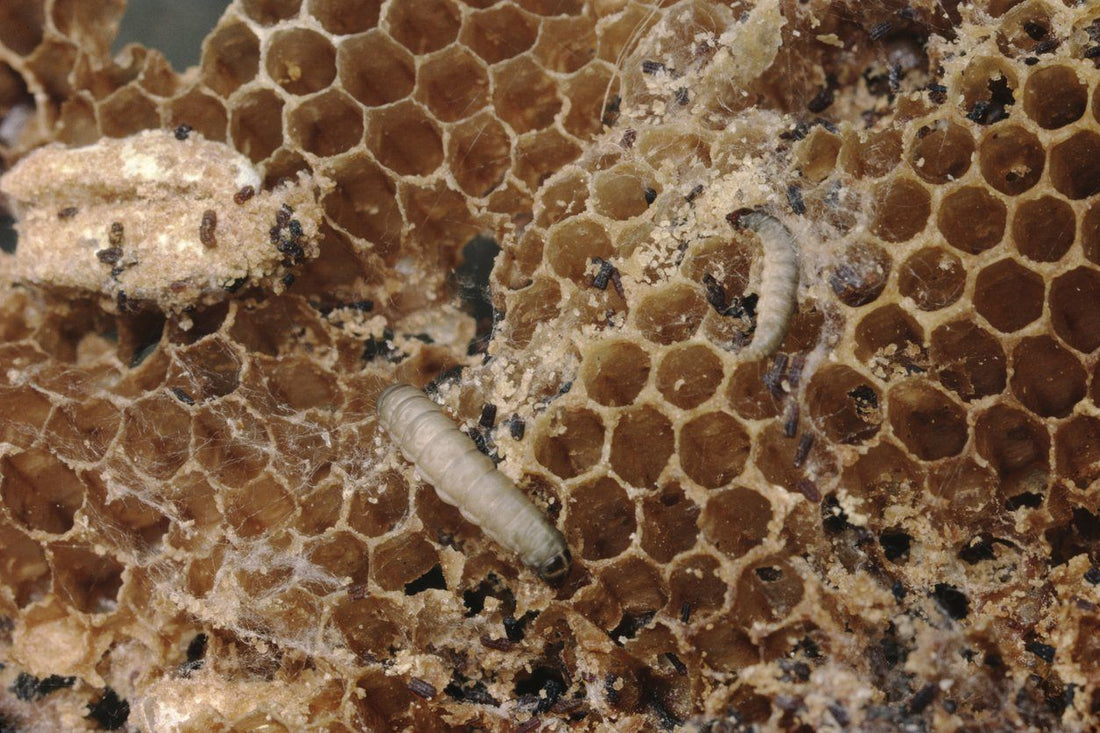What are Waxworms?
Waxworms (Galleria mellonella) are the larvae of the Greater Wax Moths. They may look like maggots, but they're actually more like caterpillars. These larvae are typically sold at the point in their life cycle when they've eaten all they need to pupate (turn into moths), but haven't quite pupated yet. This is the point when they're most nutritious.
Waxworms are a popular treat for insectivorous and omnivorous reptiles and amphibians. They are not recommended for regular use as feeders due to their high fat content, but they make a great way to add variety to your pet's diet and create incentive for handling and training.
Housing Your Waxworms
Waxworms can be kept in the same container that you receive them in. If you want to transfer them to a different container, you will need:
A plastic tub.
A secure cover. If the waxworms end up turning into wax moths, keeping the container covered will help prevent your home suddenly becoming infested with moths.
Ventilation. You can punch small holes in the container, or you can cut out a window in the tub wall or lid and hot-glue fine mesh over the opening. Waxworms require conditions with low humidity, so good ventilation is a must.
Because waxworms are sold at the point where they're about to turn into moths, your waxworms will start to pupate quickly if kept at room temperature. To significantly slow this process, it's best to keep them at 55-60°F in a place like a wine cooler or a cool basement. If you don't have a wine cooler, the door of your fridge will do.
Feeding Your Waxworms
Your waxworms will not need to be fed because being refrigerated keeps them inactive. This makes them extremely low maintenance!
However, while they may not pupate in this dormant state, their bodies are slowly feeding on the fat stores that they've built up, making them less nutritious over time. So it's best to only buy as many waxworms as you can feed off within a couple of weeks.











